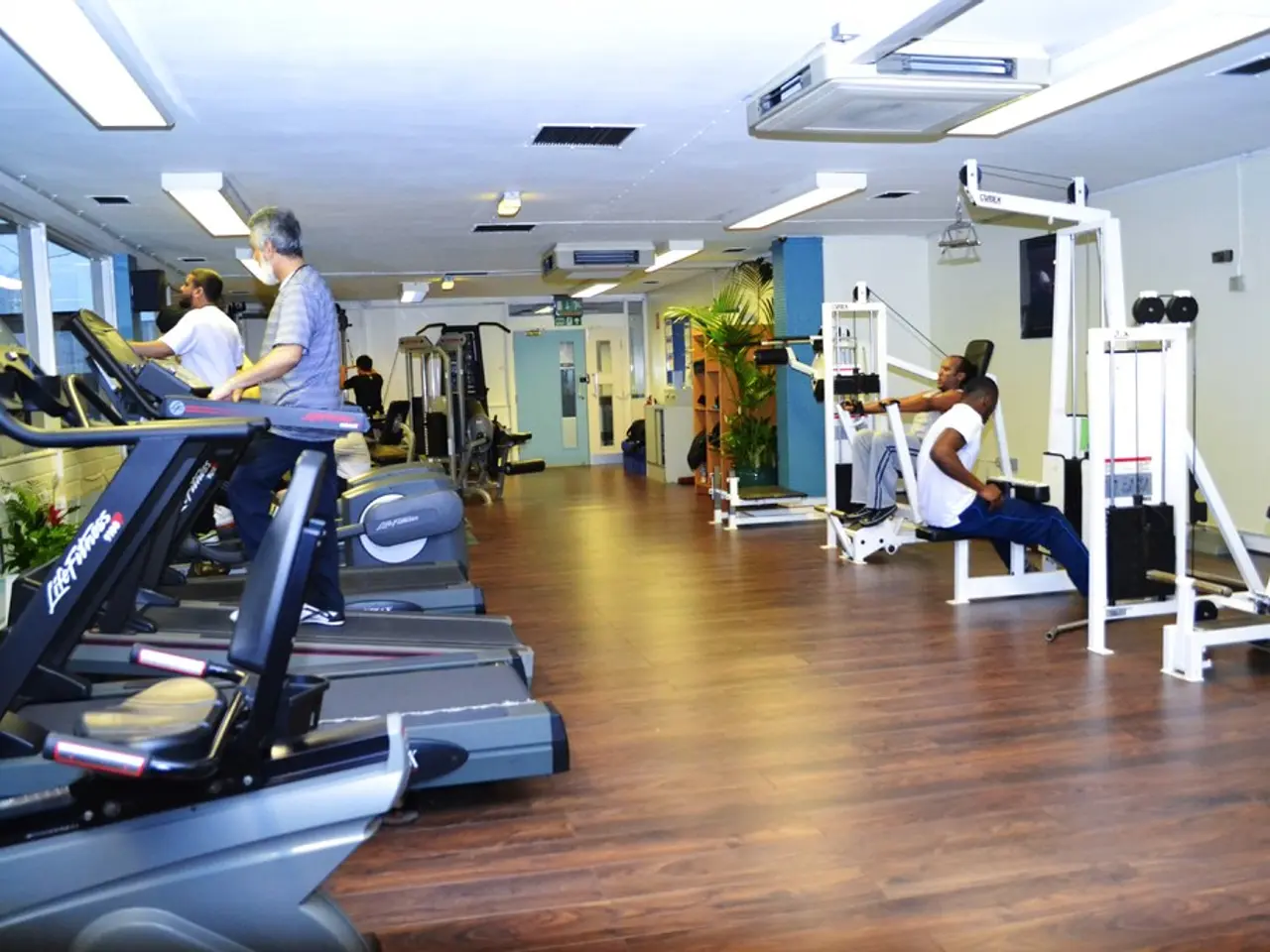Balance aptitude on a single limb for a decade-worth of seconds influences aging process.
In our golden years, maintaining balance becomes increasingly important for our overall health and well-being. As we age, various factors can contribute to a decline in balance, making us more susceptible to falls and functional decline.
One of the key culprits behind balance issues in older adults is the onset of chronic conditions such as diabetes, arthritis, multiple sclerosis, Parkinson's disease, and Alzheimer's disease. These conditions can impact balance and affect aging in different ways.
Diabetes, for instance, can lead to peripheral neuropathy, a type of nerve damage in the feet that results in instability and balance issues. Arthritis, on the other hand, causes joint pain and stiffness, particularly in weight-bearing joints like hips and knees, making walking and standing difficult and directly affecting balance.
Parkinson's disease and other neurological conditions significantly impair balance and stability due to their effects on motor control and coordination. Multiple sclerosis (MS), a neurological disorder, also disrupts nerve signaling crucial for balance, although it was not specifically detailed in the sources given, it is well-known to affect balance and coordination due to demyelination of nerve fibers in the central nervous system.
Alzheimer's disease and other dementias indirectly affect balance through cognitive decline, impaired spatial awareness, and reduced ability to respond to environmental challenges, increasing fall risk.
In addition to these chronic conditions, other factors such as medication side effects, age-related sensory system changes, cardiovascular issues, and a sedentary lifestyle can further impact balance in older adults.
However, it's important to note that balance can be trained, rebuilt, and maintained at any age. Clayton Skaggs, a renowned expert in the field, states that being able to stand on one leg is one of the most predictive measurements for aging. Small changes, like standing on a foam pad or closing eyes during a balance drill, can wake up underused systems. Dual tasking, such as walking while naming fruits, can nurture balance.
Research supports systemic balance training, which involves engaging various systems such as vision, somatosensory system, and vestibular system within the ears. Enjoyable movement is key to maintaining a consistent exercise routine. Find a form of exercise you enjoy to improve physical function and potentially boost memory and spatial awareness.
Paraminder Padgett, a neurological clinical specialist, emphasizes the importance of balance testing in ruling in or ruling out other diseases. Going barefoot can help improve foot mobility and sensory information, while variety in movements is necessary for the vestibular system, especially activities involving unpredictability.
In conclusion, maintaining balance is essential for aging well. Balance is a complex, full-body symphony involving the eyes, ears, joints, muscles, and brain. After age 40, these systems slowly decline due to a sedentary lifestyle. However, with the right approach and consistent effort, it is possible to maintain and even improve balance, reducing the risk of falls and promoting a healthier, more active lifestyle.
- Maintaining balance in our golden years is crucial for overall health and well-being, as it plays a significant role in preventing falls and functional decline.
- Chronic diseases like diabetes, arthritis, multiple sclerosis, Parkinson's disease, and Alzheimer's disease can lead to balance issues in older adults, impacting their aging process in different ways.
- For instance, diabetes can cause peripheral neuropathy, which results in foot nerve damage and instability, while arthritis causes joint pain and stiffness, affecting balance by making walking and standing difficult.
- Parkinson's disease, other neurological conditions, and multiple sclerosis can significantly impair balance and stability due to their effects on motor control and coordination.
- Alzheimer's disease can indirectly affect balance through cognitive decline, impaired spatial awareness, and reduced ability to respond to environmental challenges.
- Beyond these chronic conditions, other factors like medication side effects, age-related sensory system changes, cardiovascular issues, and a sedentary lifestyle can further impact balance in older adults.
- Balance can be trained, rebuilt, and maintained at any age, emphasizes Clayton Skaggs. Simple exercises like standing on one leg or engaging in a balance drill can improve balance.
- Systemic balance training, which targets multiple systems like vision, somatosensory, and vestibular systems, is supported by research. Finding an enjoyable exercise routine is key to maintaining a consistent exercise regimen, promoting better balance and potentially boosting memory and spatial awareness.




